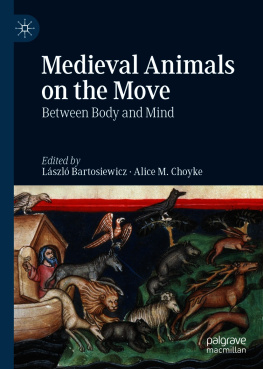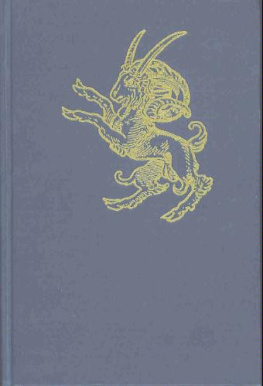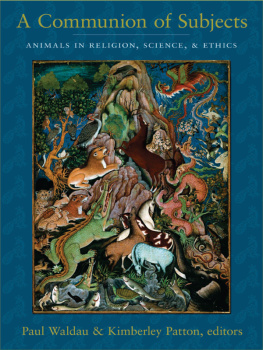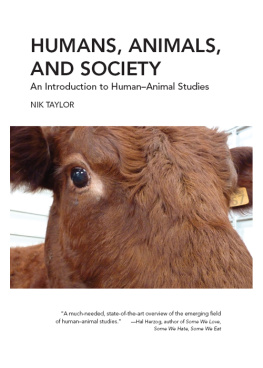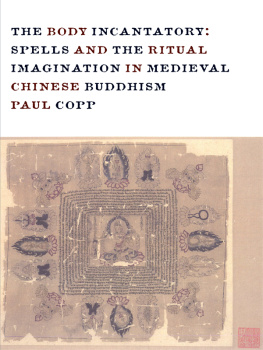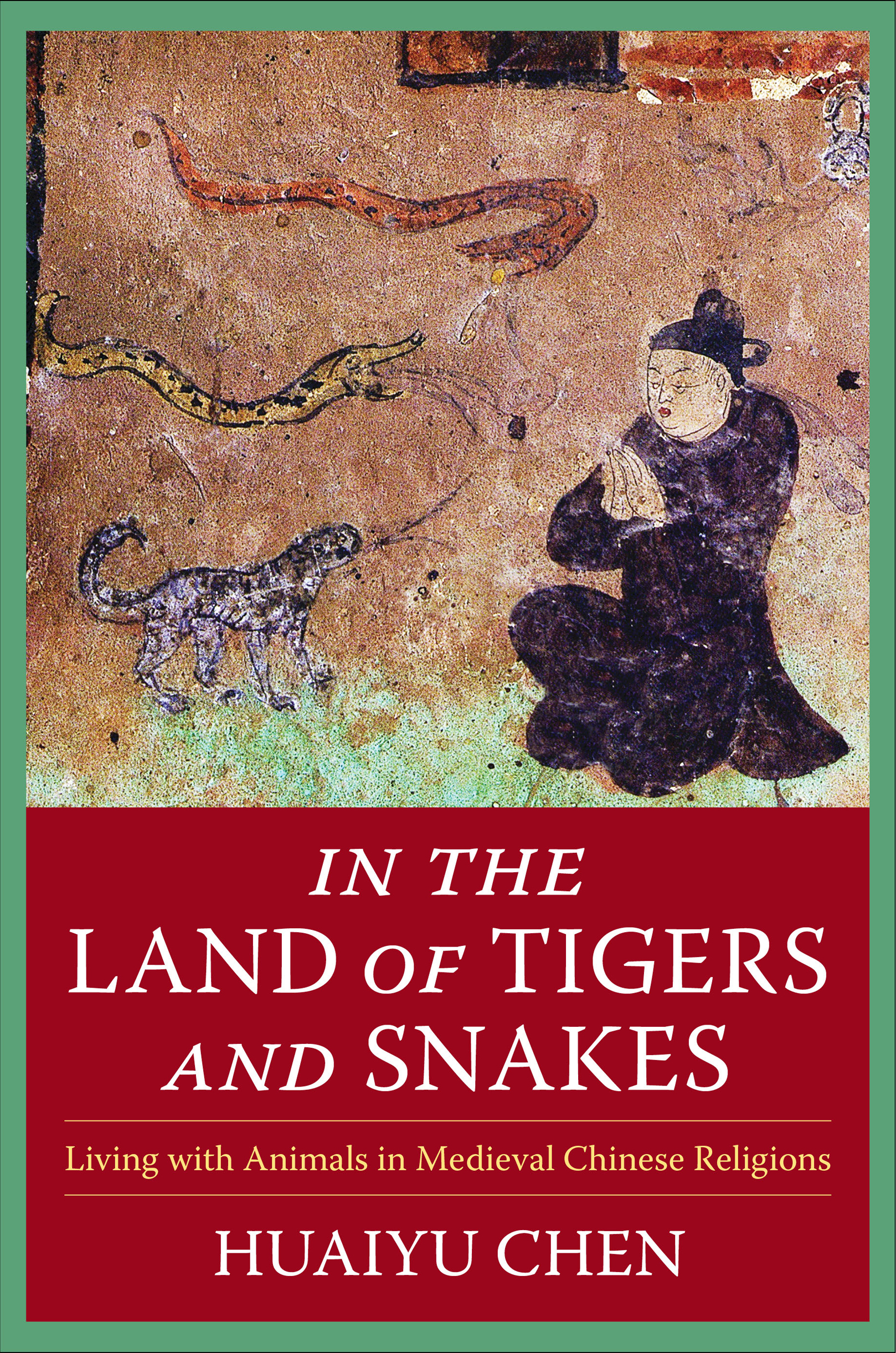Contents
List of Figures
Guide
Pagebreaks of the print version
IN THE LAND OF TIGERS AND SNAKES

THE SHENG YEN SERIES IN CHINESE BUDDHIST STUDIES
THE SHENG YEN SERIES IN CHINE SE BUDDHIST STUDIES
Edited by Daniel B. Stevenson and Jimmy Yu
Funded jointly by the Sheng Yen Education Foundation and the Chung Hua Institute of Buddhist Studies in Taiwan, the Sheng Yen Series in Chinese Buddhist Studies is dedicated to the interdisciplinary study of Chinese language resources that bear on the history of Buddhism in premodern and modern China. Through the publication of pioneering scholarship on Chinese Buddhist thought, practice, social life, and institutional life in Chinaincluding interactions with indigenous traditions of religion in China, as well as Buddhist developments in South, East, and Inner/Central Asiathe series aspires to bring new and groundbreaking perspectives to one of the most historically enduring and influential traditions of Buddhism, past and present.
Michael J. Walsh, Sacred Economies: Buddhist Business and Religiosity in Medieval China
Koichi Shinohara, Spells, Images, and Maalas: Tracing the Evolution of Esoteric Buddhist Rituals
Beverley Foulks McGuire, Living Karma: The Religious Practices of Ouyi Zhixu (15991655)
Paul Copp, The Body Incantatory: Spells and the Ritual Imagination in Medieval Chinese Buddhism
N. Harry Rothschild, Emperor Wu Zhao and Her Pantheon of Devis, Divinities, and Dynastic Mothers
Erik J. Hammerstrom, The Science of Chinese Buddhism: Early Twentieth-Century Engagements
Jiang Wu and Lucille Chia, editors, Spreading Buddhas Word in East Asia: The Formation and Transformation of the Chinese Buddhist Canon
Jan Kiely and J. Brooks Jessup, editors, Recovering Buddhism in Modern China
Geoffrey C. Goble, Chinese Esoteric Buddhism: Amoghavajra, the Ruling Elite, and the Emergence of a Tradition
Dewei Zhang, Thriving in Crisis: Buddhism and Political Disruption in China, 15221620
Erik J. Hammerstrom, The Huayan University Network: The Teaching and Practice of Avatasaka Buddhism in Twentieth-Century China
Chn-fang Y, The Renewal of Buddhism in China: Zhuhong and the Late Ming Synthesis, Fortieth Anniversary Edition
John Kieschnick, Buddhist Historiography in China
IN THE LAND OF TIGERS AND SNAKES
Living with Animals in Medieval Chinese Religions
HUAIYU CHEN
Columbia University Press
New York

Columbia University Press
Publishers Since 1893
New YorkChichester, West Sussex
cup.columbia.edu
Copyright 2023 Columbia University Press
All rights reserved
E-ISBN 978-0-231-55464-0
Library of Congress Cataloging-in-Publication Data
Names: Chen, Huaiyu, 1974 author.
Title: In the land of tigers and snakes : living with animals in medieval Chinese religions / Huaiyu Chen.
Description: New York : Columbia University Press, 2023. | Series: The Sheng Yen series in Chinese Buddhist studies | Includes bibliographical references and index.
Identifiers: LCCN 2022022632 (print) | LCCN 2022022633 (ebook) | ISBN 9780231202602 (hardback) | ISBN 9780231202619 (trade paperback)
Subjects: LCSH: AnimalsReligious aspectsBuddhism.
Classification: LCC BQ4570.A53 C44 2023 (print) | LCC BQ4570.A53 (ebook) | DDC 294.3/5693dc23/eng/20220709
LC record available at https://lccn.loc.gov/2022022632
LC ebook record available at https://lccn.loc.gov/2022022633
A Columbia University Press E-book.
CUP would be pleased to hear about your reading experience with this e-book at .
Cover design: Milenda Nan Ok Lee
Cover image: Courtesy of Dunhuang shiku quanji, 2000
Contents
G etting this book ready for publication has been a long journey. It began in 2005 when Takata Tokio invited me to give a talk on the classification of animals and plants in medieval Chinese Buddhism at Kyoto University. In 2009, when I published this talk as my very first article, the late Denis Sinor helped edit it. Since then, numerous colleagues and friends have helped me at various stages of preparing, writing, revising, and editing different sections of the manuscript. In particular, I would like to thank the following mentors, colleagues, and friends for their invaluable support: Barbara Ambros, Jinhua Chen, Nicola Di Cosmo, Mdlina Diaconu, Thomas DuBois, Vincent Durand-Dasts, Zhe Ji, Yan Jin, Xiaofei Kang, Keith Knapp, Li-ying Kuo, Victor H. Mair, Alfreda Murck, Tamar Novick, Reiko Ohnuma, Lisa Onaga, Willard J. Peterson, Xinjiang Rong, Dominic Sachsenmaier, Dagmar Schfer, Wutian Sha, Meir Shahar, Shengkai, Madeline Spring, Roel Sterckx, Jacqueline I. Stone, Stephen F. Teiser, Edward Q. Wang, Zhanru, Guangda Zhang, Tao Zhang, and Xing Zhang. I am also very grateful to many colleagues at Arizona State University for their trust and support: Stephen R. Bokenkamp, Robert Joe Cutter, Anne Feldhaus, Joel Gereboff, Juliane Schober, Hoyt C. Tillman, and Stephen H. West. Many administrators of the School of Historical, Philosophical, and Religious Studies (SHPRS) and the School of International Languages and Letters (SILC), faculty heads, and school staff helped facilitate my research and sabbatical leaves.
Numerous programs and institutions have invited and hosted me to share my research with colleagues and a broader audience. I acknowledged them here with profound gratitude: Buddhist Studies Workshop at Princeton University, Institute for Advanced Study in Princeton, Clare Hall of Cambridge University, Department of East Asian Studies at Cambridge University, Department of East Asian Studies at University of Gttingen, Department of East Asian Studies at State University of New York in Albany, Department of Asian Studies at the University of British Columbia, Department of East Asian Studies at Tel Aviv University, Department of Asian Studies at Hebrew University of Jerusalem, Department of Philosophy at Tsinghua University, Department of South Asian Studies at Peking University, School of History at Peoples University of China, Department of Philosophy at Sun Yat-sen University, Center for the Study of the Yellow River Civilization and Sustainable Development at Henan University, the Sheng Yen Education Foundation, Institut national des langues et civilisations orientales (INALCO), and Max Planck Institute for the History of Science in Berlin (MPIWG). At Arizona State University, the Center for the Study of Religion and Conflict (CSRC), the Center for Asian Research (CAR), and the Institute for Humanities Research (IHR) offered travel and seed grants to support my research. A junior scholar grant from the Chiang Ching-kuo Foundation (CCKF) in 2009 helped the early stage of this project. The last stage of the manuscript benefited from a research grant of the Gerda Henkel Foundation in 2021.
Tremendous gratitude to the editors of the Sheng Yen Series in Chinese Buddhist Studies at Columbia University Press, Chn-fang Y, Daniel Stevenson, and Jimmy Yu, for their support. I am so grateful to Lowell Frye for his patient and compassionate help guiding me through every step of this publication project. Thanks to Leslie Kriesel, Mary Bagg, and Cynthia Col for their professional efforts in producing, copyediting, and indexing the book. Three reviewers offered very constructive, meticulous, and comprehensive reports. Thanks to them for their collegiality, professionalism, and support. All errors and shortcoming remain my sole responsibility.


